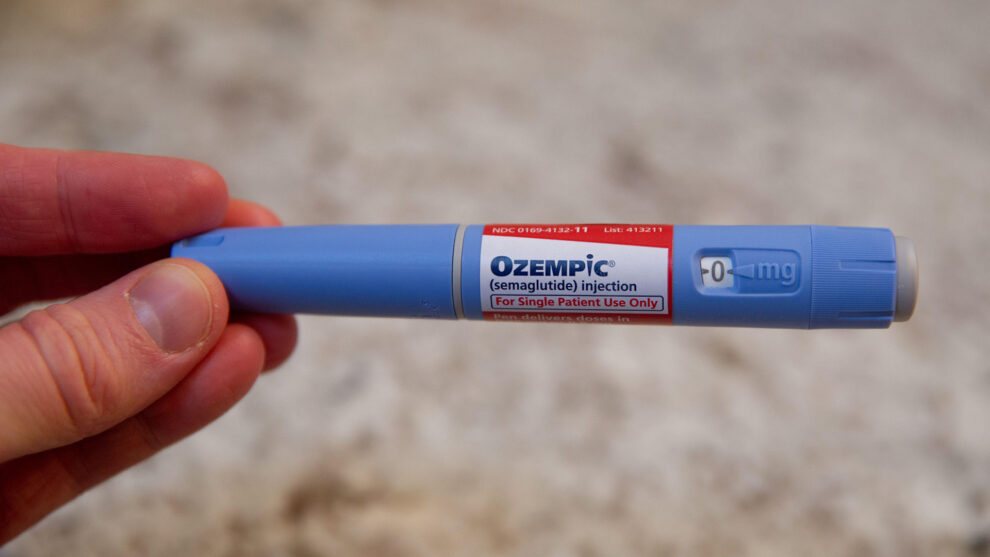Ozempic is a hot topic right now. An injectable drug that was originally intended to treat Type 2 diabetes, it is—somewhat controversially—now being used as a weight loss aid. “Ozempic is a semaglutide, which is used to treat diabetes and has been very effective for weight loss,” explains New York-based facial plastic surgeon Dr. Jennifer Levine. “It works by causing the pancreas to secrete more insulin and decreases the amount of glucagon produced by the liver, which suppresses appetite and slows down gastric motility, so you feel full for longer. It’s very popular in Hollywood.”
While the ins and outs of Ozempic use are a topic for another time—read Vogue’s explainer for more detail—it is a related skin malady that we bring to you today. “Ozempic face” is the new skin concern on the block, as dermatologists and aesthetic doctors globally begin to see the effects that losing a lot of weight can have on your face—and quickly at that. One user told The New York Times that her “body looked great, but my face looked exhausted and old” after using the drug.
“Rapid weight loss leads to volume loss in the face, but can also affect the collagen and elastin in the skin,” says Dr. Levine. “Ozempic face can look gaunt, deflated, and saggy. Think raisin as opposed to grape!” The face and skin appearing hollow, droopy, and lax are all common hallmarks of Ozempic face—all key ingredients in the recipe for accelerated aging. According to aesthetic doctor Dr. Sophie Shotter, however, it is worth noting that it is not the drug itself that is responsible for these skin changes, but speedy weight loss.
“With rapid weight loss, the skin struggles to ‘shrink’ around your new shape, which means there can be excess facial skin that feels more lax and pinchable,” she explains. “Having some facial fat definitely helps us age better, and people with more fat also tend to have fewer wrinkles.” Conversely, excess facial fat is also problematic and can create heavy lines, such as marionettes (around the mouth) on the face. Balanced weight is, as ever, the best companion to healthier-looking skin.
For those that are suffering with Ozempic face, there are in-clinic treatments that can help. “I would combine some form of skin tightening treatment, such as Sofwave or Profound RF, which can help boost collagen and elastin levels to help the skin contract around the new facial form, with facial fillers, which strategically restore volume and make skin look healthy and proportionate to the rest of the patient,” says Dr. Shotter. She is also a fan of biostimulators, such as HArmonyCa, which employs cross-linked hyaluronic acid to immediately lift and volumize, and calcium hydroxyapatite, to stimulate collagen production and improve skin laxity over time.
Dr. Levine takes a similar treatment protocol, but also likes to include devices such as Ultherapy and EmFace to help lift, improve sagging, and stimulate collagen and elastin production. “In extreme cases,” she says, “a face or neck lift may be needed to address the laxity.”
If you’re reading this and reeling at the vanity of humanity, you’re not the only one. From buccal fat removal—the latest “trend,” which sees fat surgically removed from the cheekbone area—to Ozempic face, which is treated by injecting volume back in using fillers (and so on), sometimes it can feel like the global obsession with skin treatments has gone too far. All we can say is prevention is better than cure—and why suffer Ozempic face if you don’t have to?
Source: Vogue











